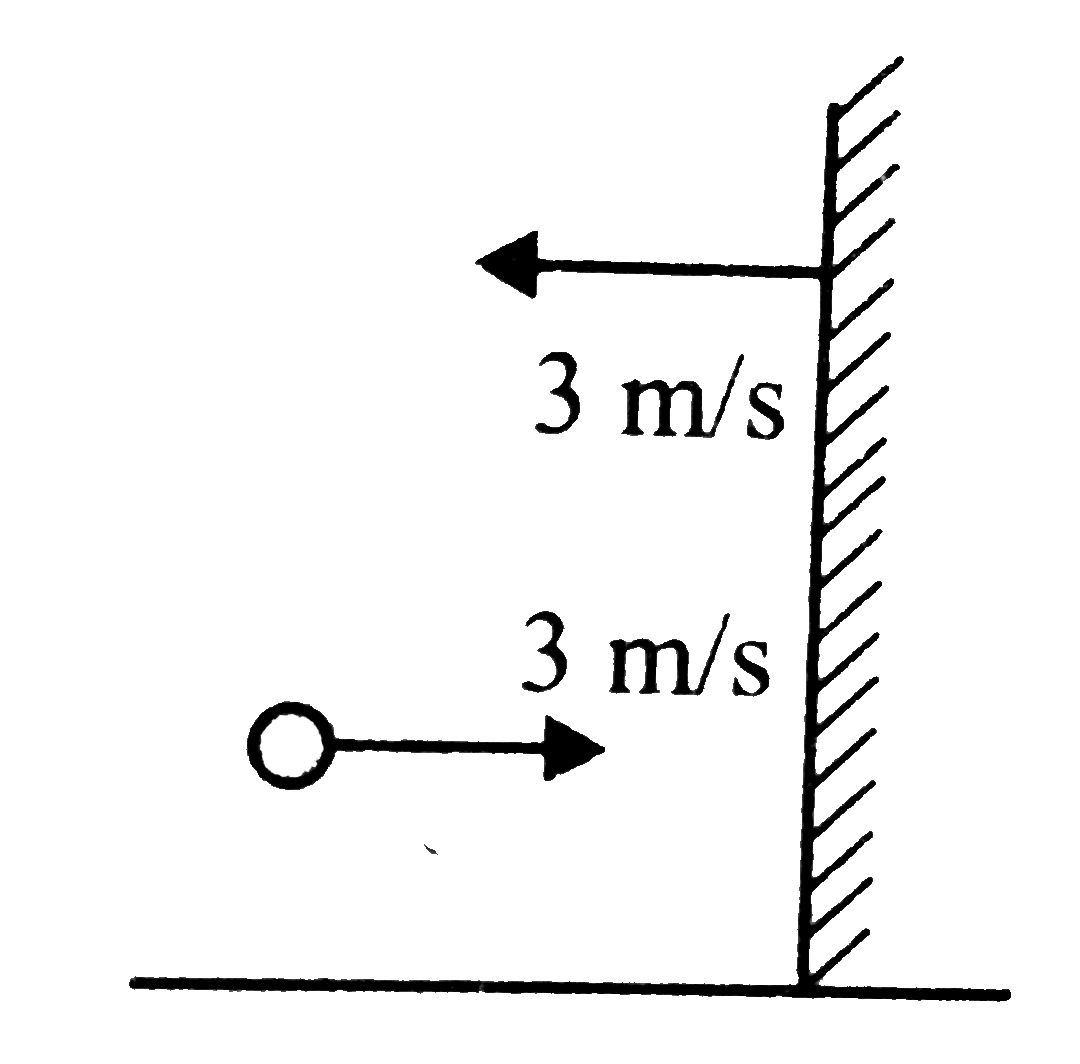Two balls approaching each other along two perpendicular directions and collide at the intersection. After the collision, they stick together. If one ball has a mass of 14.5 kg and an initial speed of and the other has a mass of 17.5 kg and an initial speed of , what will be their speed and direction immediately after impact ?
Step by step video & image solution for Two balls approaching each other along two perpendicular directions and collide at the intersection. After the collision, they stick together. If one ball has a mass of 14.5 kg and an initial speed of 11.5 m//s and the other has a mass of 17.5 kg and an initial speed of 15.5 m//s, what will be their speed and direction immediately after impact ? by Physics experts to help you in doubts & scoring excellent marks in Class 11 exams.
Updated on:21/07/2023Topper's Solved these Questions
- LINEAR MOMENTUM & ITS CONSERVATIONBook:PHYSICS GALAXY - ASHISH ARORAChapter:LINEAR MOMENTUM & ITS CONSERVATIONExercise:Practive Exercise
Explore 28 Videos
- LINEAR MOMENTUM & ITS CONSERVATIONBook:PHYSICS GALAXY - ASHISH ARORAChapter:LINEAR MOMENTUM & ITS CONSERVATIONExercise:Discussio Q
Explore 28 Videos
- KINEMATICSBook:PHYSICS GALAXY - ASHISH ARORAChapter:KINEMATICSExercise:Unsolved Numerical Pro.
Explore 83 Videos
- NEWTONS LAWS OF MOTIONBook:PHYSICS GALAXY - ASHISH ARORAChapter:NEWTONS LAWS OF MOTIONExercise:Unsolved Numerical Problem
Explore 81 Videos
Similar Questions
Two titanium spheres approach each other head-on with the same speed and collide elastically. After the collision, one of the spheres, whose mass is 250 g, remains at rest. (a) What is the mass of the other sphere? (b) What is the speed of the two sphere center of mass if the initial speed of each sphere is 2.00 m/s?
View SolutionA ball moving with a speed of 9m/s strikes an identical ball at rest, such that after the collision, the direction of each ball makes an angle of 30∘ with the original line of motion. Find the speeds of the two balls after collision.
View Solution
Knowledge Check
Two balls of equal masses moving with equal speed in mutually perpendicular directions, stick together after collision. If the balls were initially moving with a speed of 30√2 ms^(-1) each, the speed of their combined mass after collision is
A30 ms−1B15ms−1C30√2ms−1D30√2ms−1The center of mass of a system consisting of two spheres is moving in the positive x direction with a speed of 5.0 m/s. One sphere has a mass of 2.5 kg and the other has a mass of 3.5 kg. The total momentum of the system is :
A0B(5.0kgm/s)ˆiC(12.5kgm/s)ˆiD(30kgm/s)ˆiA highly elastic ball moving at a speed of 3m/s approaches a wall moving towards it with a speed of 3m/s. After the collision. the speed of the ball will be
 A3m/sB6m/sC9m/sDzero
A3m/sB6m/sC9m/sDzero
Two ball bearings of mass m each moving in opposite directions with same speed v collide head on with each other. If the collision is perfectly elastic, what will be the outcome of the collision ?
View SolutionA 5 kg ball and a 10 ball approach each other with equal speeds of 21ms−1 . Determine their speeds after the elastic collision.
View SolutionA ball of mass 0.50 kg moving at a speed of 5.0 m/s collides with another ball of mas 1.0 kg. After the collision the balls stick together ane remain motionless. What was the velocity of the 1.0 kg block before the collision?
View SolutionDuring hockey practice, two pucks are sliding across the ice in the same direction. At one instant, a 0.18-kg puck is moving at 16 m/s while the other puck has a mass of 0.14 kg and a speed of 3.8 m/s. What is the velocity of the center of mass of the two pucks?
View SolutionA 2.5-kg ball and a 5.0-kg ball have an elastic collision. Before the collision, the 2.5-kg ball was at rest and the other ball had a speed of 3.5 m/s. What is the kinetic energy of the 2.5-kg ball after the collision?
View Solution

